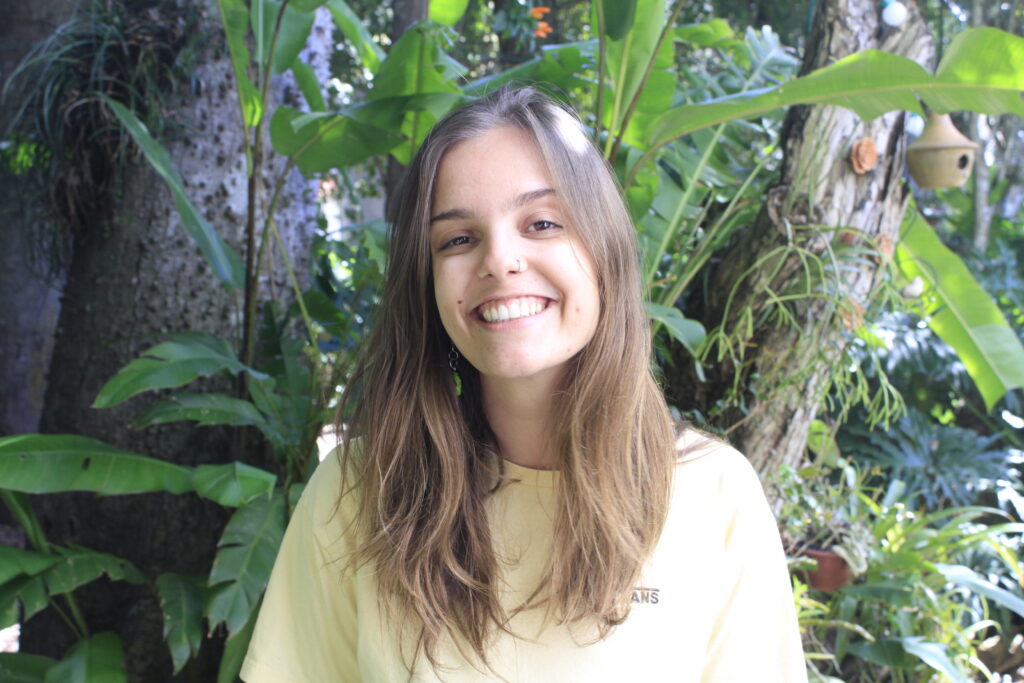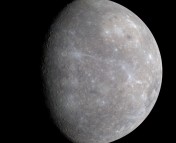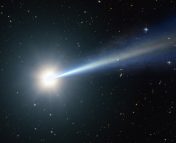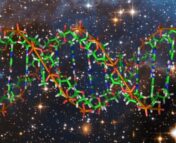The Undergraduate Research series is where we feature the research that you’re doing. If you are an undergraduate that took part in an REU or similar astro research project and would like to share this on Astrobites, please check out our submission page for more details. We would also love to hear about your more general research experience!
Juliana Campos Meurer
Federal University of Rio Grande do Sul (UFRGS)
Juliana Meurer is a brazilian undergraduate student in Biological Sciences at the Federal University of Rio Grande do Sul (UFRGS) actively involved in the voluntary Scientific Initiation program under the supervision of Prof. Dr. Milton Mendonça. Her project, exploring intersections between ecology and astrobiology, has resulted in her first published article (check it out here).

Astrobiology, born from the convergence of astronomy and biology, is an interdisciplinary field investigating the origin, evolution, and distribution of life in the universe. In the Biological Sciences, which is the field I’m currently pursuing for my degree, it’s quite apparent that certain subfields, such as microbiology and biochemistry, play more prominent roles in current astrobiology research. However, other subfields, such as ecology, aren’t getting involved in astrobiological studies. Ecology, with its focus on the interrelations between life forms and their environments, provides valuable concepts and protocols that could enhance astrobiology research. Recognizing this gap, my supervisor Prof. Dr. Milton Mendonça, an ecologist heading an ecology laboratory, and I proposed a framework to integrate ecological principles into astrobiology.
Through a review of key astrobiology documents and published articles, I looked for understanding how ecology is currently presented and applied in astrobiology. We then proposed an innovative framework to astrobiological research that falls into the scope of hierarchical levels of ecology, encompassing organisms, populations, ecosystems, communities, biospheres, and maybe even further. The goal of this work is to provide a solid theoretical base so it can be applied to practical research in the future. I have learned a lot in this project, and I presented our findings in the Fifth Annual Meeting of the Brazilian Astrobiological Society and in the Life and Space Conference 2023. Our results have been recently published in the International Journal of Astrobiology in a review paper entitled “Astroecology: Bridging the gap between ecology and astrobiology”. This is my first published article with two people I admire: Jacob Haqq-Misra, an important astrobiologist, and Milton Mendonça, an amazing ecologist who is also my supervisor!

Astrobite edited by Jessie Thwaites
Featured image credit: Earth Science and Remote Sensing Unit, NASA Johnson Space Center, Public domain, via Wikimedia Commons




